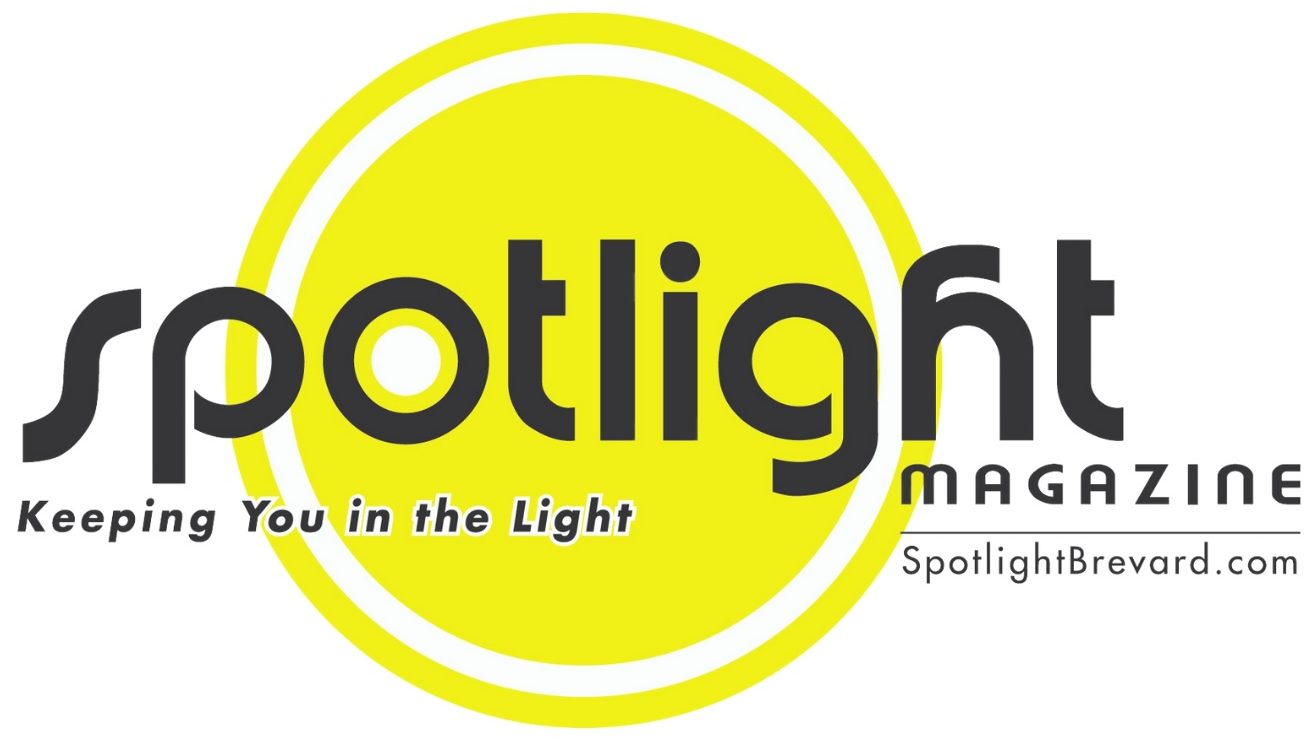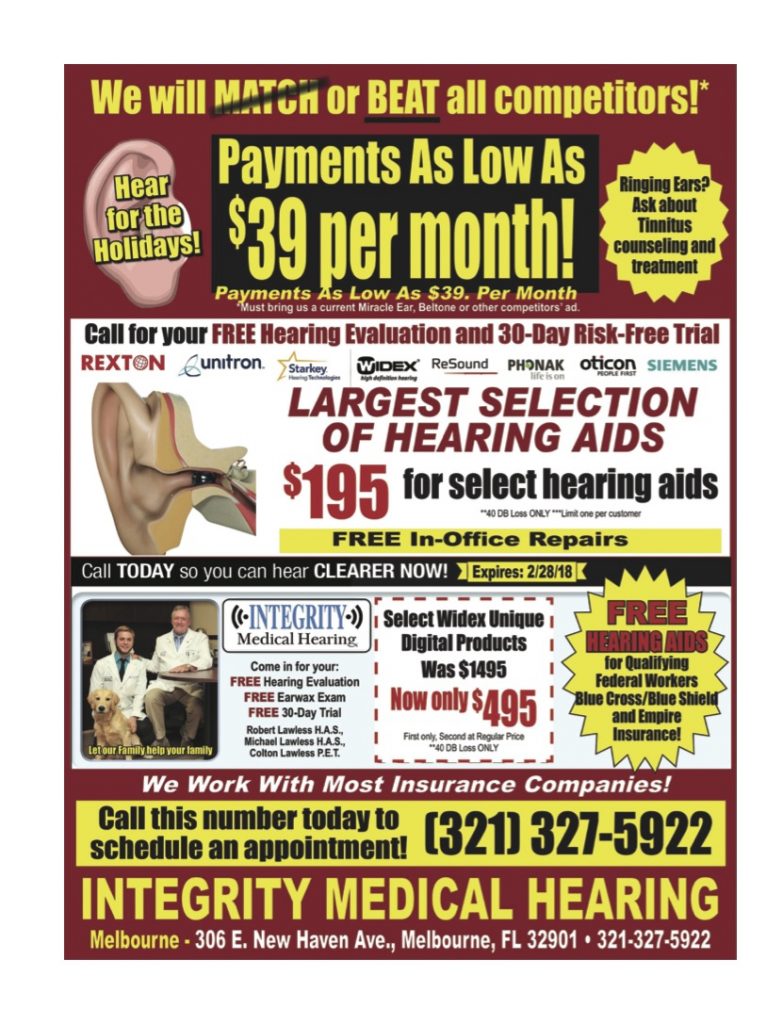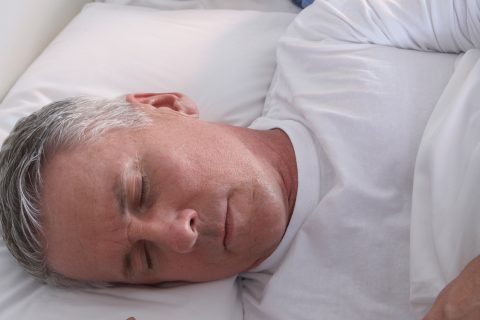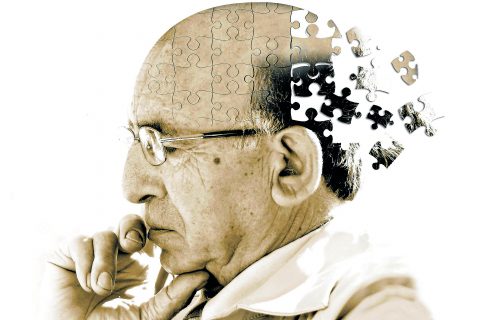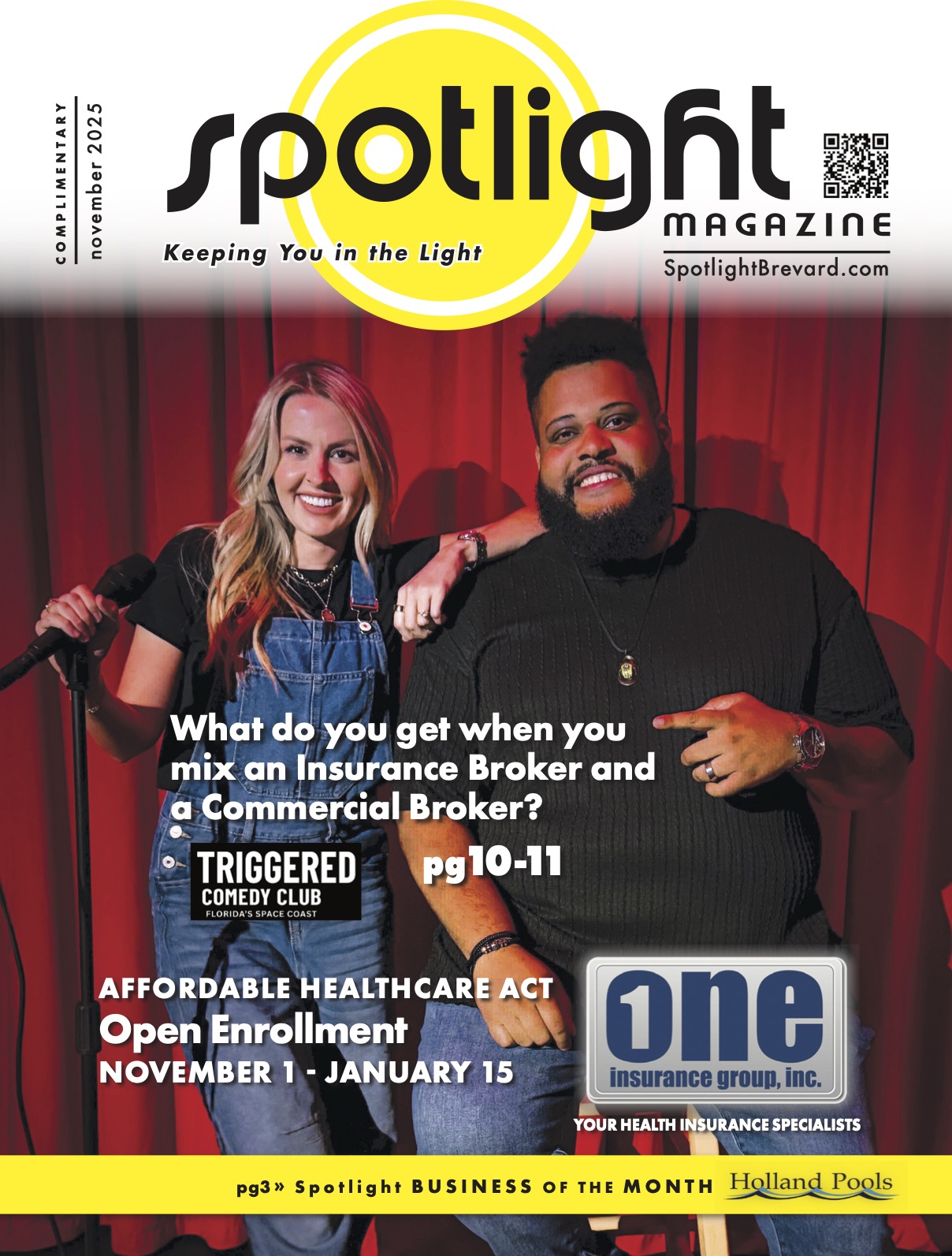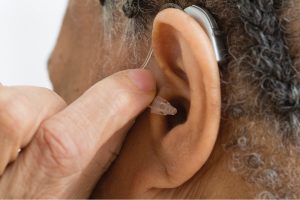 Hearing loss may not be something people want to contemplate, but it is more common than many people may think. Hearing deficits may occur from birth or be acquired due to injury or prolonged exposure to loud noises. The National Institute on Deafness and Other Communication Disorders says approximately 15 percent of American adults (37.5 million people) aged 18 and older report some trouble hearing. Age is the strongest contributor to hearing loss, with people age 60 and older with the highest levels of impairment.
Hearing loss may not be something people want to contemplate, but it is more common than many people may think. Hearing deficits may occur from birth or be acquired due to injury or prolonged exposure to loud noises. The National Institute on Deafness and Other Communication Disorders says approximately 15 percent of American adults (37.5 million people) aged 18 and older report some trouble hearing. Age is the strongest contributor to hearing loss, with people age 60 and older with the highest levels of impairment.
People with hearing deficits can access a growing number of assistance devices to make their lives easier. From telephones and doorbells that trigger a blinking light rather than a bell to closed captioning and voice-to-text conversion to a greater understanding and widespread usage of sign language, the deaf and hearing impaired have many options to help them overcome hearing loss.
As technology advances, so, too, do the options for the hearing impaired. One innovative piece of gadgetry is sophisticated wireless hearing aids that are compatible with personal electronic devices.
Thanks to Bluetooth technology, hearing aid manufacturers are harnessing this science to expand on the abilities of hearing aids and to develop new products. In the past, in order to use an MP3 player or mobile phone, a person would need to remove traditional hearing aids to accommodate a pair of earbuds. Furthermore, hearing aids may have had their limitations in filtering ambient noise. Although Bluetooth-powered hearing devices are still in their infancy, Oticon, a global hearing technology company, has developed their own communication and entertainment solution called ConnectLine that enables people to connect hearing aids with different devices. This transforms hearing aids into a personal wireless headset for listening to music, watching television or video chatting.
Many other companies, such as ReSound and Starkey, also offer Bluetooth-enabled devices. Their devices may be compatible with Android and iPhone models, some of which may only require an app or direct connectivity to the device. In fact, Apple has patented a specific Bluetooth connectivity with certain hearing aid manufacturers. Others may require an accessory of some sort to make connections possible, especially when pairing with a TV or other audio device.
Thanks to cutting edge technology, assistive listening devices have improved considerably. Individuals should speak with their hearing care professionals about their daily needs concerning hearing aids and explore the options in wireless hearing aid technology that can work seamlessly with their devices.
